An important part of media literacy is being able to recognise when an image or video is trying to influence us.
Here are some of the ways in which such content is manipulated!
1. Pope meets artificial intelligence
This year, one of the most sensational images was a photo of Pope Francis in a white puffy jacket. The photo started going viral on Twitter and Reddit in March and quickly became one of the most popular topics in the world press and on social media platforms, showing Pope Francis walking down the street in a Balenciaga puffy jacket. The picture showed the head of the notoriously conservative Catholic Church in a direct and modern light, but it was also striking that he was wearing a Balenciaga brand garment, a brand that is often associated with celebrities such as Kim Kardashian, Justin Bieber and Victoria Beckham.
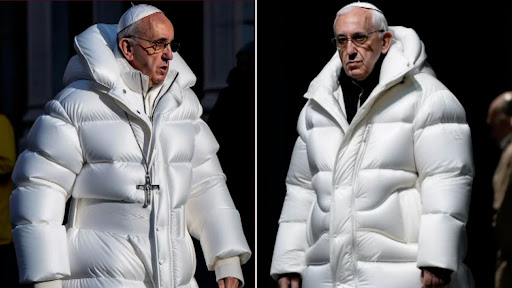 The only problem with the image is that not a single pixel of it is real. Pages could be written about why the Pope and why Balenciaga. For example, the scandal of a previous Balenciaga campaign accused the brand of satanism, which could add another layer to the brand choice. Thus, the image could provide ammunition for two completely opposite narratives: the laid-back, approachable Pope and the church leader flirting with satanic powers could be seen, depending on taste.
The only problem with the image is that not a single pixel of it is real. Pages could be written about why the Pope and why Balenciaga. For example, the scandal of a previous Balenciaga campaign accused the brand of satanism, which could add another layer to the brand choice. Thus, the image could provide ammunition for two completely opposite narratives: the laid-back, approachable Pope and the church leader flirting with satanic powers could be seen, depending on taste.
Those in the know, by the way, have unraveled the mystery by focusing on hands, simply because AI is notoriously bad at generating hands.
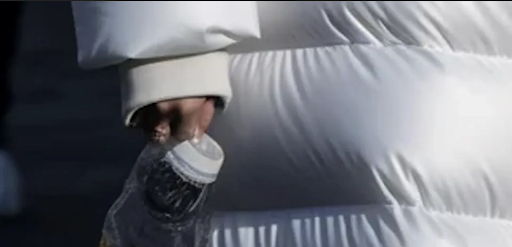 The case of Pope Francis with the puffed-up jacket is not the first, and probably not the last, case of artificial intelligence trying to manipulate us. One can think of the 'deepfake' videos that went viral a few years ago.
The case of Pope Francis with the puffed-up jacket is not the first, and probably not the last, case of artificial intelligence trying to manipulate us. One can think of the 'deepfake' videos that went viral a few years ago.
What's worth remembering from this case is that if a photo looks too good to be true, chances are it is and it's worth waiting a day before sharing it on all your profiles.
Sources: https://www.nytimes.com/2023/04/08/technology/ai-photos-pope-francis.html https://kreativ.hu/cikk/pedofilia-vadak-satanista-osszeeskuves-elmeletek-megdol-a-balenciaga https://www.forbes.com/sites/mattnovak/2023/03/26/that-viral-image-of-pope-francis-wearing-a-white-puffer-coat-is-totally-fake/
2. Classic Photoshop exercises
In December 2022, Volodymyr Zelensky, the Prime Minister of Ukraine, visited the United States, where he met President Joe Biden and his wife Jill Biden.
A photo of the meeting also started to circulate on Twitter, showing Joe Biden apparently holding President Zelensky's bottom. If you look at the photo closely, you will immediately notice that neither the direction nor the length of the hand is quite right. The US President did not, of course, hold the Ukrainian President's bottom in front of hundreds of photographers, press, politicians and other influential people, standing next to his own wife.
 Source: lakmusz.hu
Source: lakmusz.hu
Along similar logic and purpose, we could mention here the attempt to misinform, which ran in 2019 and appeared in Zsolt Bayer's programme. In this photo, it is much clearer that it was the victim of manipulation, but it can still be effective for an audience whose opinion is already in line with the narrative suggested by the photo.

 Source : https://kecsup.hu/
Source : https://kecsup.hu/
One of the main purposes of such images is to evoke strong emotions. One of the most useful of these emotions for viral content and social media is outrage. If we feel this way, it is worth asking ourselves whether the content has any informational value, because if not, it is worth living with the suspicion that it is intended to manipulate us. In addition, it is particularly important to be able to review and be sceptical about content that confirms our existing opinions.
3. Point of view question
Angles and camera position are not only important considerations when you want to get a favourable shot of someone. To take a simple example, a skilled photographer can make a crowd out of a few stragglers and vice versa.
A good example of this are the very different photos of Viktor Orbán's speech in Nyíregyháza a few years ago. MTI's photos show the Prime Minister standing in the middle of a crowd, while Szabolcs' online photos show that there are far from as many people in the square as the first photos might suggest.
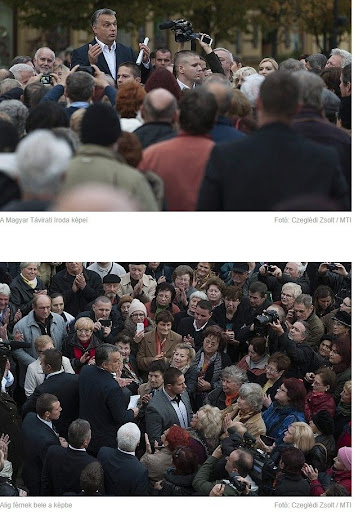
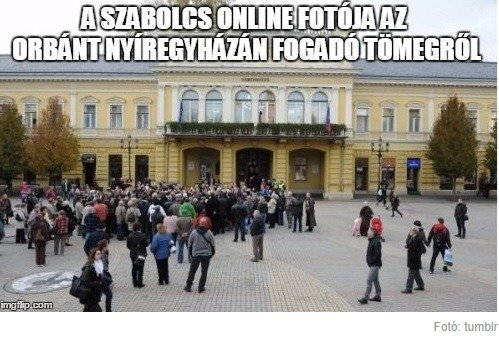 Source: kecsup.hu
Source: kecsup.hu
Timing is equally important. A demonstration in 2012 was reported in strikingly different ways by the state-run M1 and RTL news channels. The former reported from a site that had been cordoned off by the police and only a few people remained, while the latter reported from the middle of the demonstration.
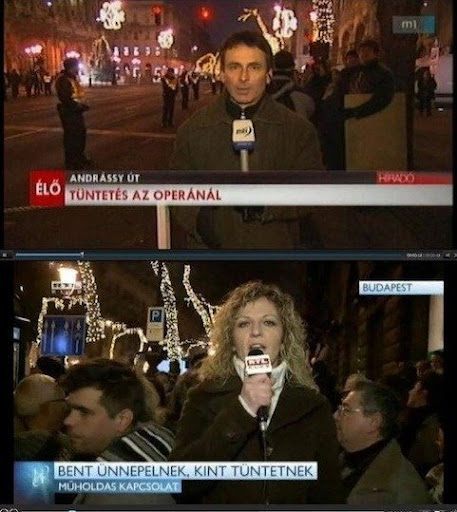 Source: kecsup.hu
Source: kecsup.hu
Of course, it is difficult to judge such images at first glance, as there are no clear tell-tale signs. In such a case, the key is to gather information from a variety of media products, as this can easily reveal the intent to manipulate.
4. The power of context
It is also one of the simplest and therefore one of the most popular forms of manipulation, when an image or video is simply taken out of its original context and shared as part of a completely different narrative.
There are relatively innocuous examples, such as the dolphins that appeared in Venice during the coronavirus epidemic, but were soon discovered to have actually been swimming in the port of Caligari, about 750 km from Venice, on the island of Sardinia.
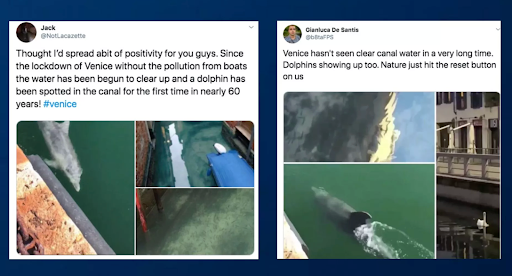 Source: euronews.com https://www.euronews.com/my-europe/2020/03/20/debunked-video-does-not-show-dolphins-in-venice-s-canals-thecube
Source: euronews.com https://www.euronews.com/my-europe/2020/03/20/debunked-video-does-not-show-dolphins-in-venice-s-canals-thecube
It is more dangerous when such manipulations are done for political purposes. A good example of this is the billboards that appeared during the refugee crisis, which used a photo taken directly from the Brexit campaign, showing refugees, but taken in Slovenia in 2015, when people were escorted to a refugee camp not far from the Croatian border, with a heavy police presence. The picture therefore has little to do with either the refugees arriving in Hungary or the refugees arriving in England.
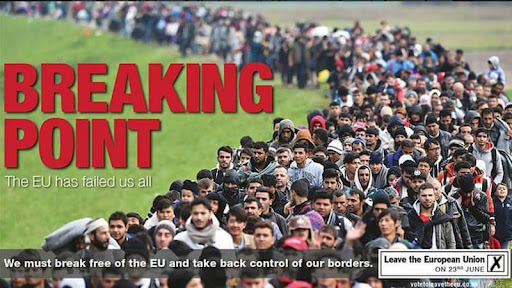
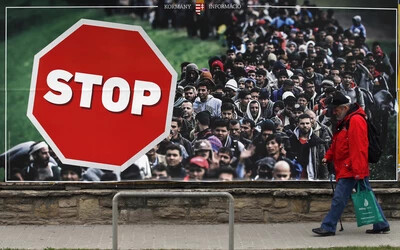 Source: https://merce.hu/2018/03/27/a-brexit-kampanybol-kolcsonzi-a-kormany-a-legujabb-migransellenes-hirdeteset/ https://ujszo.com/kozelet/a-v4-es-orszagok-kozul-magyarorszag-fogadta-be-tavaly-a-legtobb-menekultet
Source: https://merce.hu/2018/03/27/a-brexit-kampanybol-kolcsonzi-a-kormany-a-legujabb-migransellenes-hirdeteset/ https://ujszo.com/kozelet/a-v4-es-orszagok-kozul-magyarorszag-fogadta-be-tavaly-a-legtobb-menekultet
Somewhere in between is the WWF campaign image, which appears to show a before and after photo of a forest, highlighting the sad and significant consequences of deforestation. But the before-and-after photo is actually a picture of a deforestation in progress, but with the aim of increasing the habitat of palm trees.
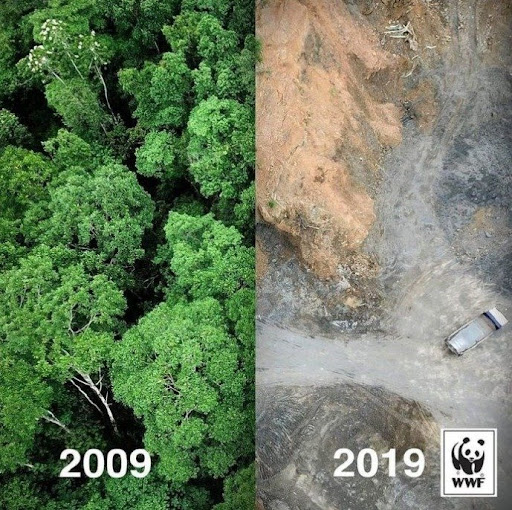
 Source: kecsup.hu
Source: kecsup.hu
Recognising this kind of misinformation is very difficult because, unlike before, it may require much more contextual knowledge or even expertise on the subject. The case of the 'dolphins of Venice' also shows that, unlike billboards and deforestation, the aim may not only be to scare or anger us, but also to manipulate us with different content based on positive emotions and our pride in doing the right thing.
Conclusion
Especially with the emergence and rise of artificial intelligence, there is a good chance of more and more manipulated or completely fake photo and video content, so it will also become increasingly important to be able to recognise when we are being misled.
Some things to keep in mind:
If a piece of content is clearly sensationalist, especially if it depicts a celebrity or public figure of some value in an uncharacteristic way, it is worth treating it with caution and looking into the source of the photo.
Generating outrage and strong emotions is the most effective means of spreading misinformation. If something upsets you, it is worth asking yourself whether the content has informational value or just generates emotions.
It remains important to get information from multiple sources and not rely on social media algorithms. If you come across content that appears differently in different publications, you should treat it with caution.
In addition to outrage, confirmation is also a very powerful tool, so we need to be able to review content that confirms our own position.
And if a particular publication, Facebook page, opinion leader or public figure is consistently wrong, shares false content, fails to cite sources or relies on opinion and hearsay, you may want to look for other sources of news and information.